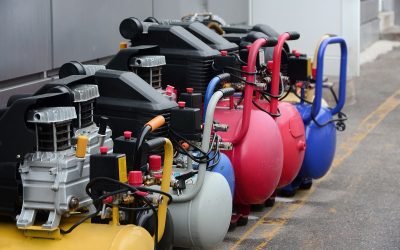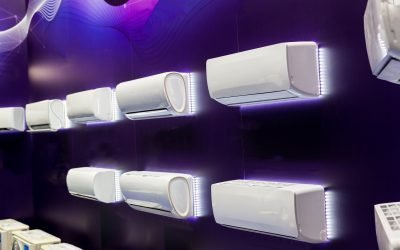Cooling is one of the main sources of energy expenditure in most homes. Air conditioners and refrigerators are responsible for increasing the price of the electricity bill on the hottest days of the year. And, in an increasingly hot planet, the trend is for consumption to increase even more.
Therefore, achieving energy efficiency in domestic refrigeration is one of the main tasks of component developers. The equipment is already more efficient, but there is always room for improvement.
What influences energy efficiency?
There are many points that affect the energy consumption of a compressor. Speaking specifically of a refrigerator or air conditioner, it is a combination of component functioning and consumer behavior.
The key to creating better and better equipment is to invest in these points.
Refrigerators or freezers
The main points are:
- Ambient temperature: the warmer the outside, the more force the compressor does to cool.
- Opening the door: when this occurs, the hot air is transferred to the inside of the refrigerator.
- Thermostat: the hotter, the less energy consumption.
- Air humidity: the more humid the environment, the more energy the refrigerator uses.
- Energy charge: putting something hot in the fridge also requires more energy.
- Usage time: the older it is, the more the refrigerator consumes electricity.
According to this study, the factors that most influence are the opening of the doors and the thermostat setting.
In other words: consumer behavior directly interferes with energy efficiency in domestic refrigeration.
This is the conclusion of another study, published in 2021. In this investigation, German researchers suggest that consumer habits should be taken into account when creating public policies on energy consumption.
They also point out that each year after manufacture, refrigerators consume about 1% more electricity.
Air conditioners
For the final consumer, energy expenditure depends on a number of factors.
- Refrigeration capacity and need: the bigger the air conditioner (and the room it needs to cool), the greater the expenses.
- Thermostat: Colder temperatures, and sudden and frequent changes also interfere.
- Ambient temperature: appliances installed in warmer locations spend more.
- Thermal insulation of the house: leave the window open with the air on, for example.
- Installation planning: installing a small air conditioner in a very large room, or vice versa.
- Maintenance routine: the accumulation of dirt can interfere with the operation.
- Install close to equipment that emits heat: lamps that get very hot or televisions, for example. The thermostat can identify this heat source, which affects the functioning of the entire system.
- Installation with unevenness: it makes difficult the operation of some components, such as the drainage ones.
Some of these points are difficult to control, especially those concerning how people use the equipment.
As far as components are concerned, labels that demonstrate energy expenditure in relation to power assist in the development of more efficient technologies.
However, the patterns change from region to region. The rules are stricter in Europe than in Brazil, for example. Also, many people opt for older equipment because of the price. Therefore, not all options on the market are preferred by the public.
Precisely because of the difficulty in controlling the way people use it, it is necessary to invest in maximum efficiency in the development of each component.
If you are a manufacturer of domestic refrigeration appliances, learn about our services and understand how Vibroacustica can help your projects reach a new level.




